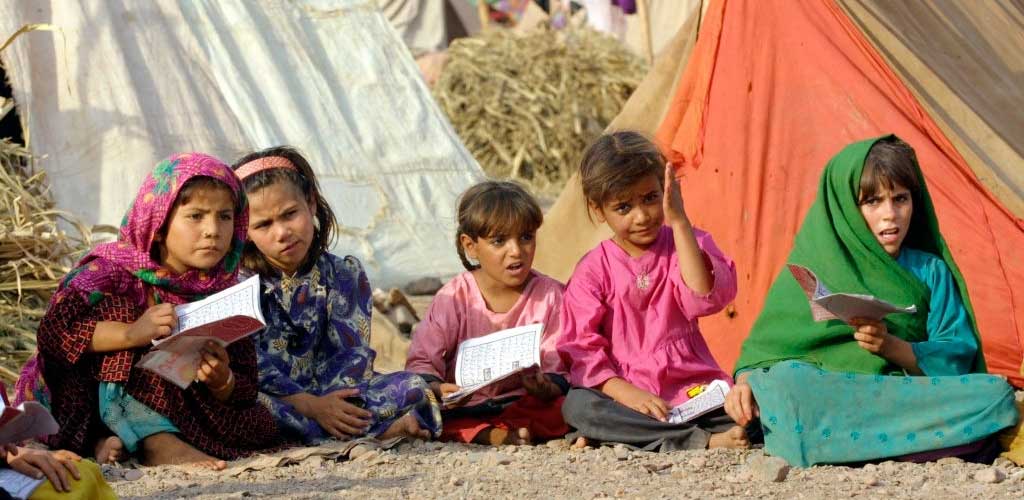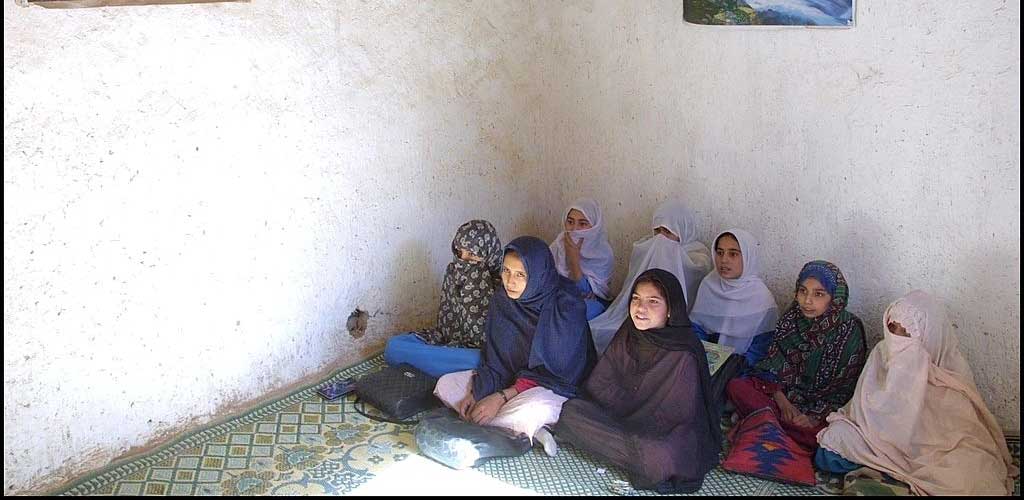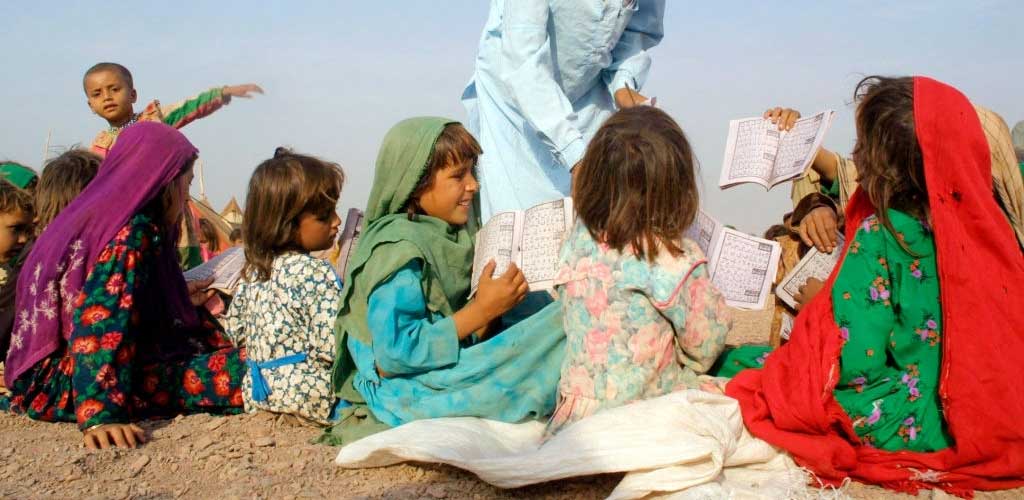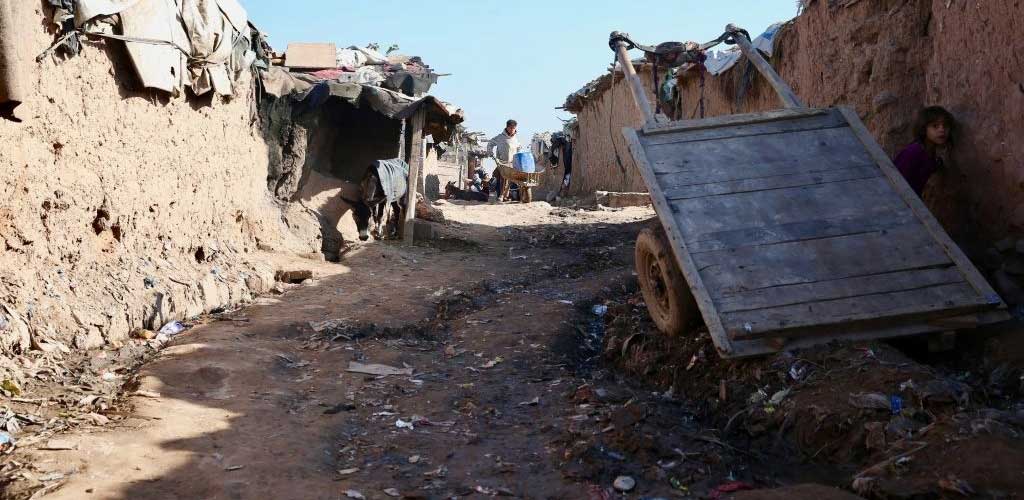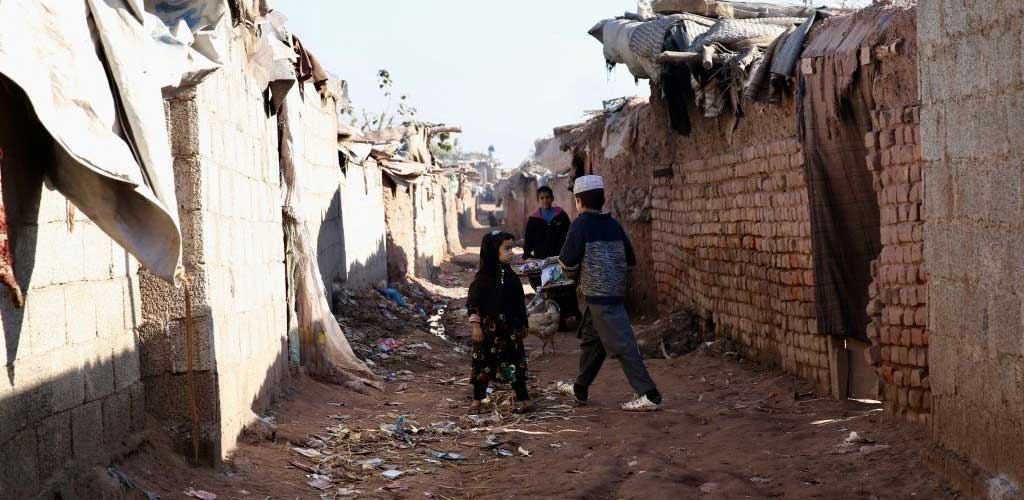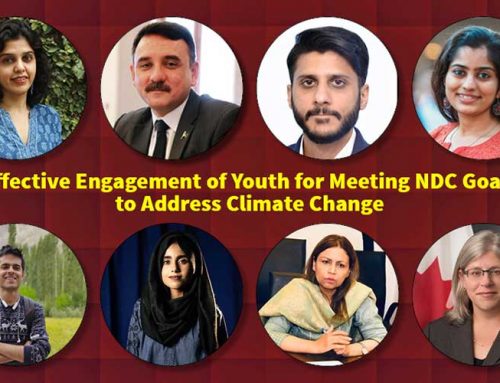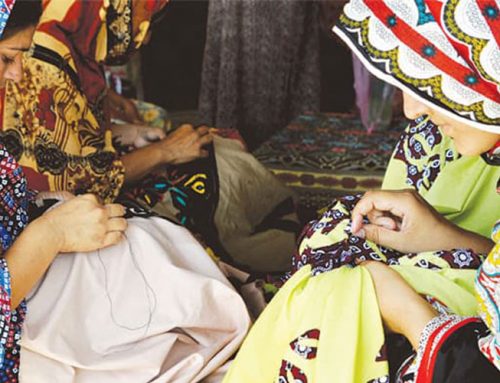Project Description
Promoting Education & Protection (PEP) project’s purpose was to promote safe, dignified and equitable access to quality education for young Afghan refugees (10-16 years old), and improved quality of education for adolescents with specific protection needs in both refugee and host communities in urban Quetta. PEP was planned and executed by Mercy Corps Balochistan office. Non-formal education component of the project was implemented jointly by MC and Institute for Development Studies and Practices (IDSP). Furthermore, Afghan School Teachers Association (ASTA), Community Education Committees (CECs), Afghan Consulate Education Attaché and Community Activists were the key stakeholders of the project.
Keeping in view overall situation of poverty, lack of access to Afghan refugee schools, lack of qualified teachers, children’s involvement in income earning activities for the family, the objectives of this project were very pertinent and relevant to the education, protection and inclusion needs of the Afghan refugee children. Accelerated Learning Program (ALP) was based on Norwegian Refugee Council’s learning curriculum for formal education. IDSP’s learning curriculum for non-formal education students were used. All the project interventions like skills-based education, provision of stipends & learning materials and improvement of school environment were very relevant due to the overall impediments faced by the Afghan refugees in enrolling their children to schools.
The project beneficiaries included 1,000 students of Accelerated Learning Pathway (ALP) under formal education and 427 students of non-formal education, enrolled in the project as per target. The gender segregated ratio of enrolled students comprised of 60% girls and 40% boys. Quantitative indicators related to project performance included from program secondary data (baseline and end-line reports) suggest that the project has successfully achieved an enrollment of 100% as per target set for the PEP.
Under ALP (formal education) there has been four drop out of the enrolled children across the duration of project, therefore marking 99% completion rates for the 1000 children enrolled. This completion rate is well in line with the target set for PEP. Provision of stipends, books, learning materials and uniforms were highly effective inputs to the project as stated by all the stakeholders. Based upon these inputs provided, the project has been able to achieve a remarkable completion rate of 100% for all the enrolled students. There were only 3 (0.7%) dropouts out of 427 enrolled under non-formal education program which again suggests that this intervention was highly effective. Moreover, students’ attendance rates have been 89% for formal education and 98% for non-formal education.
A total number of 40 teachers were trained against the target of 36 for the PEP Project. These teachers were trained in the areas of pedagogy, classroom management, communication skills, joyful teaching practices, etc. Teachers’ training for both formal and non-formal teachers have been responded as highly effective by all the teachers and other stakeholders interviewed. However, the effectiveness of teaching activity could have further been improved while providing teacher’ learning material (teachers’ guides, manuals, scheme of study materials) to the teachers. Training about child protection and life-skills based education was given to 40 teachers included in the project. Life-skills based teaching-learning process and schools’ improvement and beautification, have been the enabling factors for ensuring steady students’ attendance and completion rates.
The 99% of learners of formal education have successfully passed the final examination of stage-2 and achieved 75% marks in final examination. Similarly, achievement of 98% marks for the post test of non-formal education assessment are the outputs which signify the high effectiveness for the project. EGRA and EGMA assessment tools were used for the assessment of learners. Its pertinent to note that EGRA and EGMA tools have not been very relevant to the assessment against the curriculum used, because of the fact that EGRA and EGMA measure basic literacy and numeracy skills followed in an unstructured educational environment.
Child protection was a key component of this project which included teachers’ training, development of child protection policy and dissemination of printed copies of Child Protection Policy (in English, Urdu, Dari and Pashtu) to the 20 project schools. Sharing of knowledge about child protection among the school administration, teachers and students was helpful in realizing and building capacity of the core issues under the child protection component of the project. Use of sports and games were very helpful in communicating the concepts of self. However, this component needs improvement especially in terms of teaching learning material including child protection demonstrations, reference guides and visual aids.
Increase in awareness of community members particularly CEC members was one of the key indicators of the project. Against a baseline of 18% (92 CEC members), achievement was 96% (490 CEC members).
Afghan refugee communities have been positively influenced in providing education to their children especially girls as a result of PEP. Involvement of Imam Masjid, community activists and elders also influenced the parents towards educating their children. Similarly, Involvement of ASTA members and Afghan Attaché was very effective and innovative method of addressing sustainability and ownership of concerned Afghan authorities. Such an ownership from concerned Afghan authorities has played a pivotal role in education certificate attestation at local Afghan consulates and paving ways for conducting a successful life in the event of repatriation of these learners to their home country.
The main lessons learnt under the implementation of PEP include;
- Education can bring a positive change in the lives of Afghan refugee girls and boys
- Poverty, lack of resources and cultural norms against the education of girl child are the biggest impediments which can be successfully altered by using the influence of community elders, CEC members and Imam Masjids through proper and logical mobilization strategies
- Child protection and teaching material related to child protection needs improvement
- Duration of ALP and non-formal education program is very short
- Teachers’ refresher training frequency is the key to improving teacher’ in-class performance;
- Teachers’ learning materials can further strengthen the lesson planning, teaching, class room management etc. skills of the teachers
- Role of implementing partners in delivering academic skills and monitoring teachers’ in-class performance can be a key ingredient to improve teaching performance of teachers
- Learners’ in-class assessment and summative assessment at the end of an academic year can be done on the basis of learning assessment standards followed in Afghanistan and Pakistan
- Equivalence of Afghan education standards with that of Pakistan Education Standards can be attained while engaging Afghan Education Attaché and Pakistan Education Boards.
Based upon the overall evaluation findings and lessons learnt, it is recommended that:
- Formal education component should be based upon the regular academic standards followed by Ministry of Education (MoE) Afghanistan and the Directorate of Education (DoE) Balochistan
- The curriculum of the two countries and academic assessment standards should be compared and appropriate curriculum and recommended learning materials (text books, scheme of studies) should be followed
- Assessment methods should be standardized for formal education stream and formative and summative assessments based upon Bloom’s taxonomy should be prepared by the teachers.
- PITE Balochistan should be involved for imparting teachers’ training
- Non-formal curriculum and teaching learning material of Japan International Co-operation Agency (JICA) should be followed for non-formal students. AIOU can be helpful in imparting teachers’ training for non-formal teachers’ education
- Child protection related training materials and manuals should be developed in the context of Afghan refugees’ child protection needs and challenges
- A schedule of teachers’ refresher training should be prepared and followed
- A specific model for teachers’ in-class observation and monitoring should be introduced so that teachers’ in-class lesson delivery can be recorded and improved;
- A proper curriculum for life skills-based education should be followed which can be drawn from the 21st century skills model being followed by UNESCO
- PEP should be extended for a definite term so that learning grade standard based graduation certificate can be issued to the learners which is acceptable to both the countries i.e. Pakistan and Afghanistan.
- Mainstreaming of 150 students into the formal education system of Balochistan has been an effective strategy. This practice should be further scaled-up, as it will improve the academic equivalence of the learners as per the education system of both the countries.

